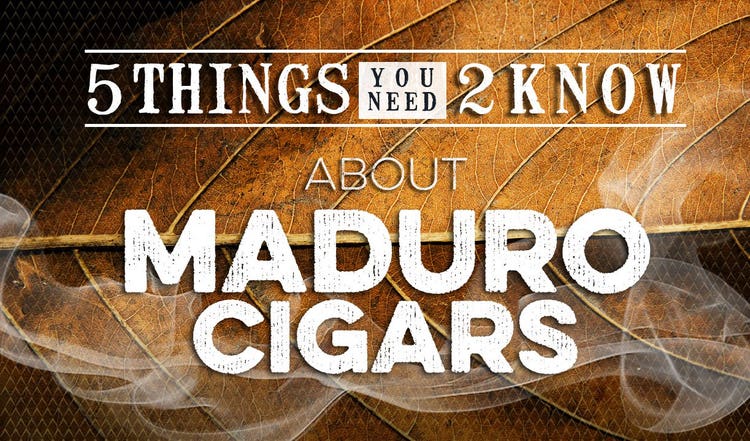
5 Things You Need To Know About… Maduro Cigars
Are you ready to dance with the Capa Negra?
Today, we salute the Maduro-nados among us: we share a fine appreciation for the slow-smoking satisfaction of this sweet, dark leaf. I’m right there with you – show me a thick n’ juicy Broadleaf, and I’m on it like a fat kid on cake. But can you explain why you became…Mad for Maduro? (Props to Brother Gary as I just stole his catchphrase.)
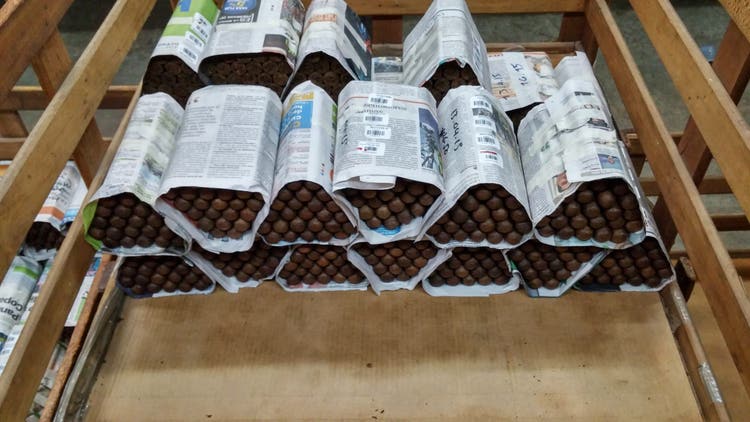
If you’re new to cigars, the whole concept might seem odd: How do they get those cigars so dark? What makes them so different? What does Maduro mean in cigars, anyway? The short answers are fermentation, lots of things, and it means “mature,” as in ripened. From there, the rabbit hole goes deeper; the good news is, there are plenty of reasons to go pro-level with your appreciation for this delicious cigar choice. So let’s explore with a full-on brain dump about Maduro cigars, along with a little bit on why they’ve become such a fan favorite. And so you can talk Maduro like and expert, I’ve trimmed it down to the following Five Things You Need to Know…

#1. No, Maduro Cigars Are Not Stronger
Take note, as it’s No. 1 for noobs to know: darker cigars don’t mean stronger cigars. At least, not always. Our beer-ficionado friends will tell you the same thing about their craft brews: a thick, dark stout doesn’t necessarily have as high an ABV, and usually isn’t as strong, as many ales and IPAs. Again, Maduro en Español simply means “ripe” – fuerte is how we say “strong.”
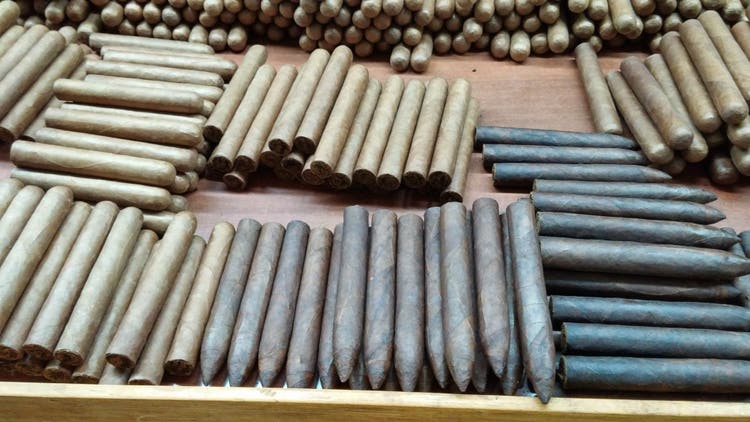
A Maduro cigar actually has a lot in common with a dark beer: both have that deep color, can range from sweet to bitter in taste, and are complex in flavor. They even share a couple of tasting notes, such as chocolate and pepper – a few reasons why they pair so well.
While some blenders claim as much as 70% of a cigar’s flavor comes from the wrapper, the strength comes from within: the more potent higher priming leaves, such as Ligero, are what make you “feel it.”
All that said, some Maduro cigars really are wicked strong – but it’s usually not the Maduro leaf that’s doing the dirty work, unless the wrapper leaf itself was taken from very high up on the plant. That’s why it’s important to consult the blend to see what other characteristics the cigar may have. Case in point: I saw a list of “Maduro cigars for the beginner” that included the Padron 1926, LFD Double Ligero Chisel, plus Perdomo, Liga and Partagas Maduros. More like “Maduro cigars for the beginner who wants to turn green.” So maybe a better way to say it is, “Not all Maduros are strong…but some strong cigars may be Maduro.” It all depends on what color, flavor and strength the Master Blender desires for the end result.

#2. The Many Shades of Maduro
When you’re talking tobacco, Maduro describes nothing more than the cigar’s color. Most of us cigar smokers are used to the idea that a Maduro cigar stands out because it’s dark…but when you put it side by side with an Oscuro, the color difference becomes much clearer:

Wrapper tobacco is cured to a shade of brown; but how dark the leaf gets depends on the intensity of the fermentation phase, and how many times the tobacco is subjected to that process. The result is a variation of color grades within the Maduro range, with a little bit of give-and-take between each:
As the shades get darker, the wrappers tend to get oilier…a little thicker, too. A thicker leaf makes for wrapper seams that are a little more noticeable on the roll – and the flavor of a fat, juicy leaf is likely to be a bit more intense. Of course, you won’t know until you light it up.
As for the case of the mysterious Double Maduro…These days, that term has been tapped to describe either color or construction (or sometimes both): Double Maduro originally described a darker Maduro wrapper, on par with Oscuro. Now, Double Maduro is more often used – rightly or wrongly – to describe a cigar made with a Maduro wrapper and a Maduro binder.

#3. All Maduros Are Not Created Equal
Like anything you eat, drink or smoke, the flavor of a cigar is affected by everything that went into making it. The DNA of a good Maduro is more diverse than your 23andMe report, and it’s based on no fewer than five things:
What Kind of Tobacco is Used
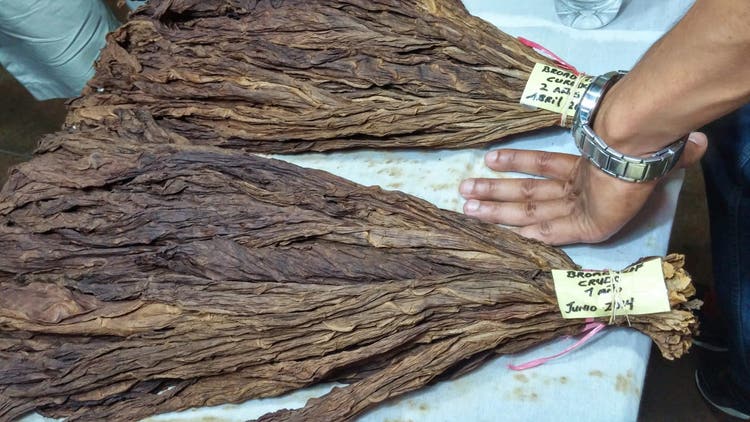
Because it requires extra fermentation, the leaf has to be tough enough to stand up to the higher heat and rigors required to produce a Maduro – and not all tobacco varietals can roll with the punches. Here’s a quick look at the most commonly used leaves:
Where the Tobacco is Grown
Aging, fermenting and blending the tobaccos all contribute to your cigar’s flavor – but as many a Master Blender has told us, “the soil is what makes the difference.” Where the tobacco is grown – specifically, the unique soil and climate – has a profound effect on what it tastes like when it’s ready to smoke.
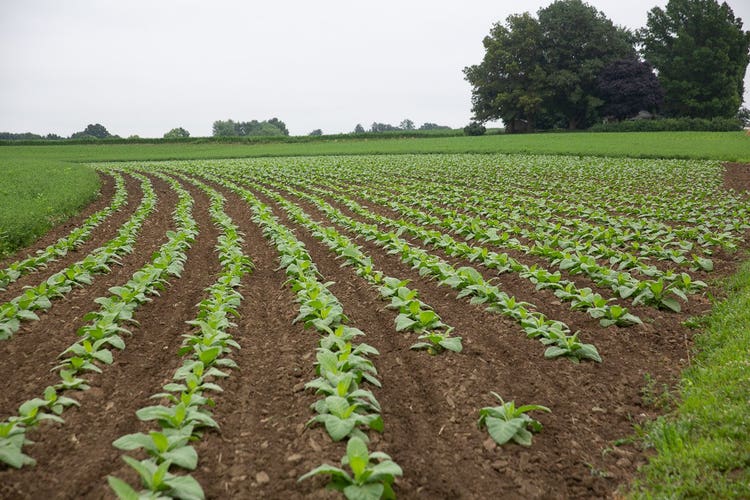
How the Leaf is Cultivated
To get that thick, meaty leaf ready to make into a Maduro, the plant gets full exposure to the sun and is “topped” – removing the flowers – so that the plant puts all its energy into fattening up those leaves and producing more of the natural oils and sugars that contribute to taste. As with all tobacco, the leaves closer to the top of the plant have the potential to smoke with more intense flavor and strength; the leaves farther down the stalk tend to be a little more mellow.
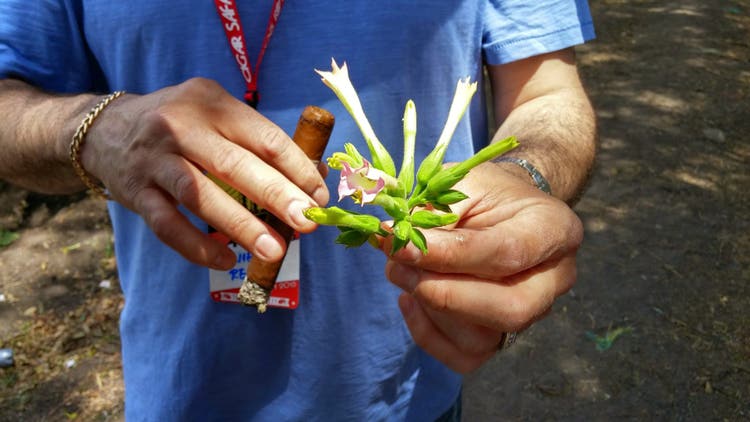
How the Tobacco is Harvested
Tobacco is either primed or stalk-cut; most Maduro wrappers come from the latter. But to be able to withstand the demands of heavy fermenting, the thick, sun-ripened wrapper leaves will need to have come from the top two-thirds of the tobacco plant.
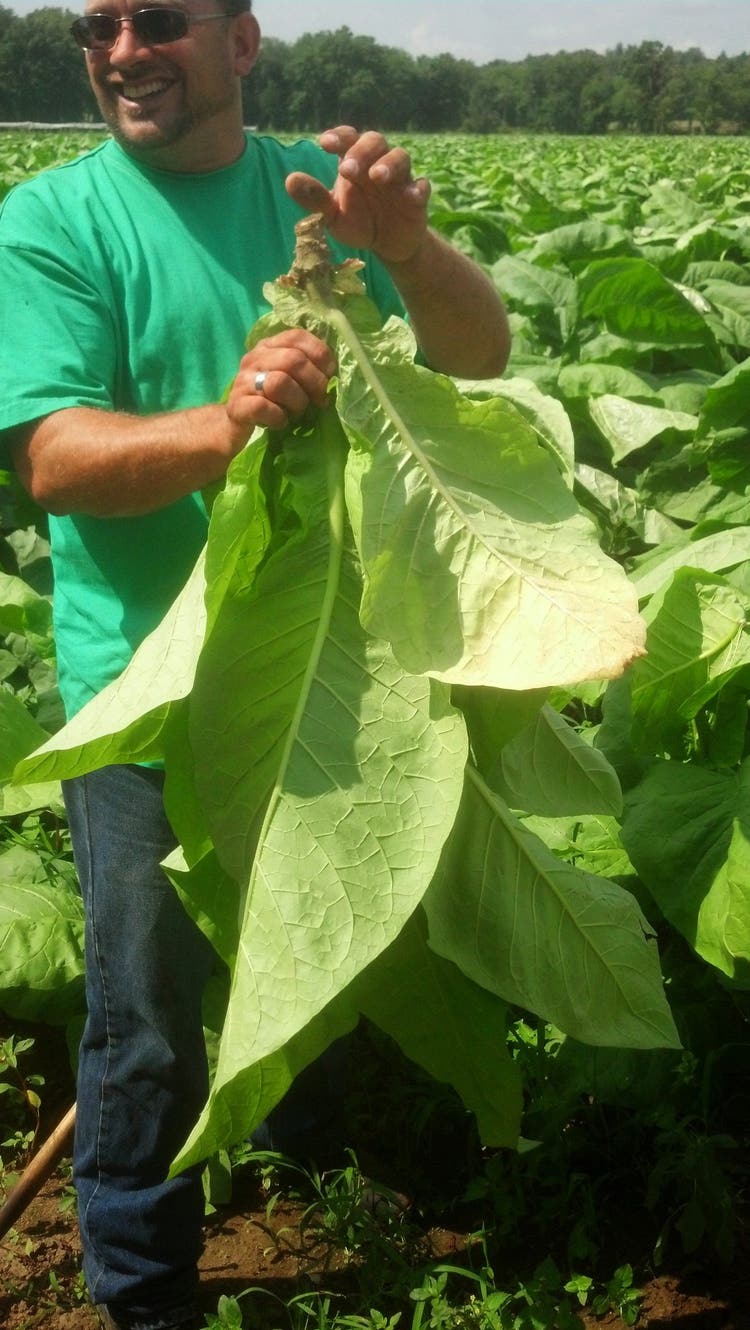
How the Leaf is Processed
Some Maduros aren’t sweet at all, and that’s by design: the blender is looking to make a cigar that incorporates certain characteristics from the fillers, binder and wrapper. Beyond the blend, that’s all accomplished through manipulating the curing, fermenting and aging stages of the process. And once it’s assembled, the finished product smokes with its own unique, desirable mix of flavors.

#4. Turn Up the Heat: How Maduro Wrappers are Made
Here’s what’s interesting: the extra fermentation is what actually makes Maduro more mellow. Once it comes out of the curing barn and into the factory, the tobacco is piled into two-ton pilons – kind of like controlled compost heaps, where the leaves develop their flavors and aromas, and the nicotine and ammonia diminish. Tobacco that’s destined to be Maduro is fermented longer (we’re talking months), at a higher temperature; the process may be repeated as many as three or more times to get a super-dark leaf.
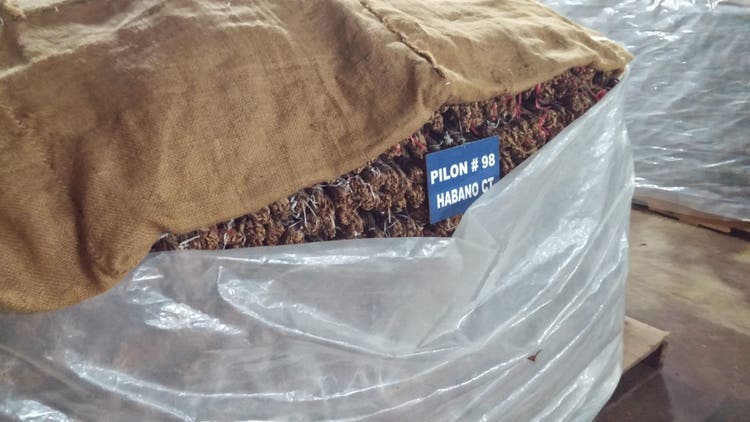
“Leaf characteristics such as the aroma, flavor and color are further developed during this process, according to pre-determined standards that we actually control as the tobacco ferments,” says Jhonys Diaz (General Cigar VP of Tobacco Operations), who walks you through the whole labor-intensive process here.
That extra fermenting time makes for a rich, yet smoother-smoking tobacco: the nicotine content has dropped, and the starches in the leaf have turned to sugars, adding sweetness. Good tobacco can’t be rushed; and while there are shortcuts to fermenting cigar tobacco to a darker color, patience is key.

#5. Maduro is a Slow Burner
Now that you know why Maduro tobacco develops such a thick, oily character, you see why a hearty Maduro cigar burns so slow. The binder is supposed to keep all the parts of a cigar burning in harmony – but a wrapper that thick and oily can be hard for the binder to keep in check, causing the cigar’s burn line to be wavy, or even canoe or tunnel.
That’s why we preach that how you light your cigar will affect the entire smoking experience: toast your cigar, then light it – and make sure the entire foot is glowing orange before you put the flame away.
If you’re still running into burn issues, there is plenty of evidence that Maduro cigars smoke a little better if you keep them in a humidor with a lower relative humidity (RH); if the bulk of your stash is Maduro, try dropping your humidor to 65% RH to see if you achieve a more satisfactory burn.
You are now rich in Maduro wisdom; got other tips you’d like to share with your cigar pals here? Drop us a comment below…